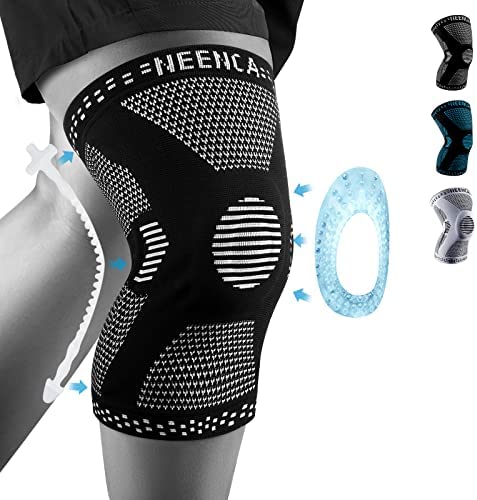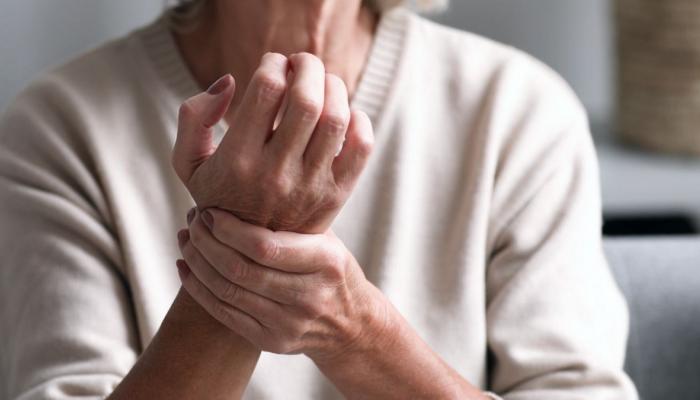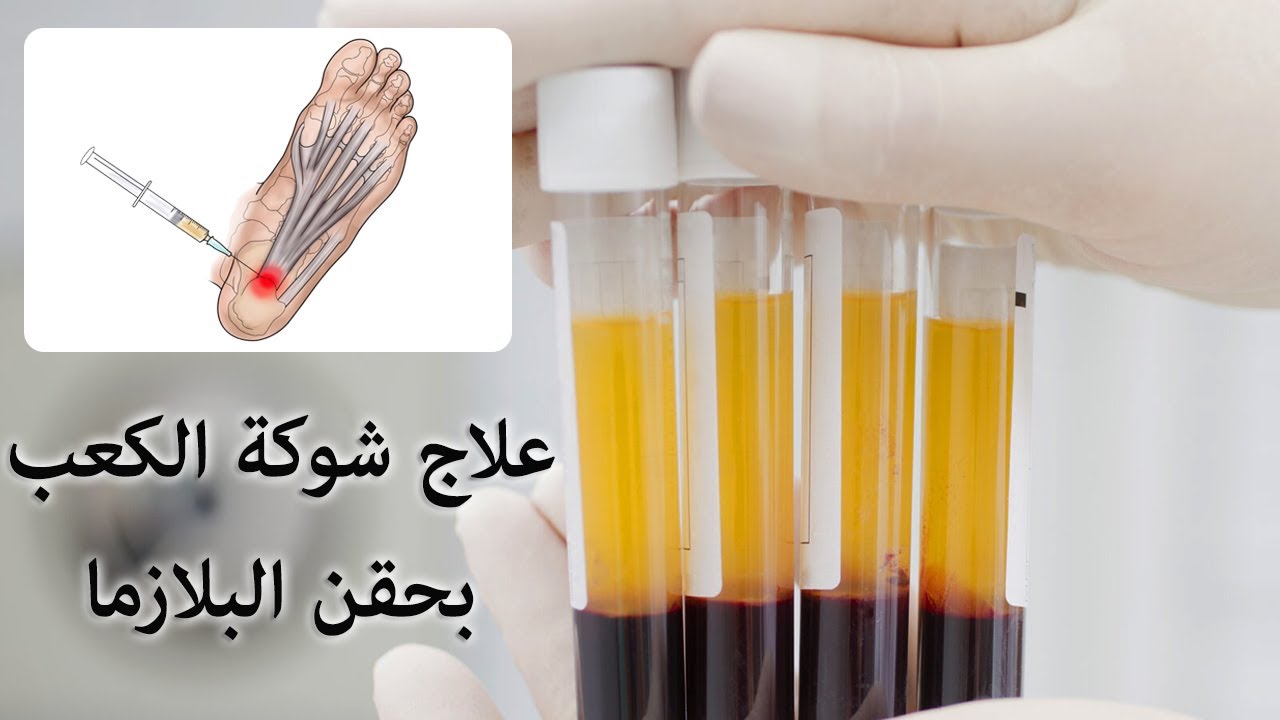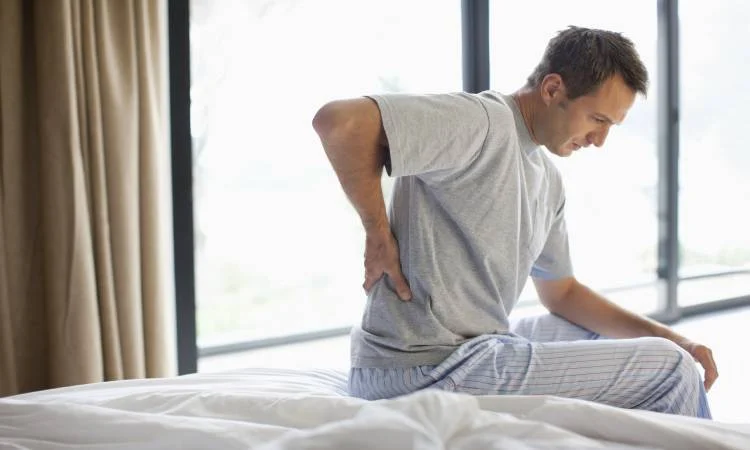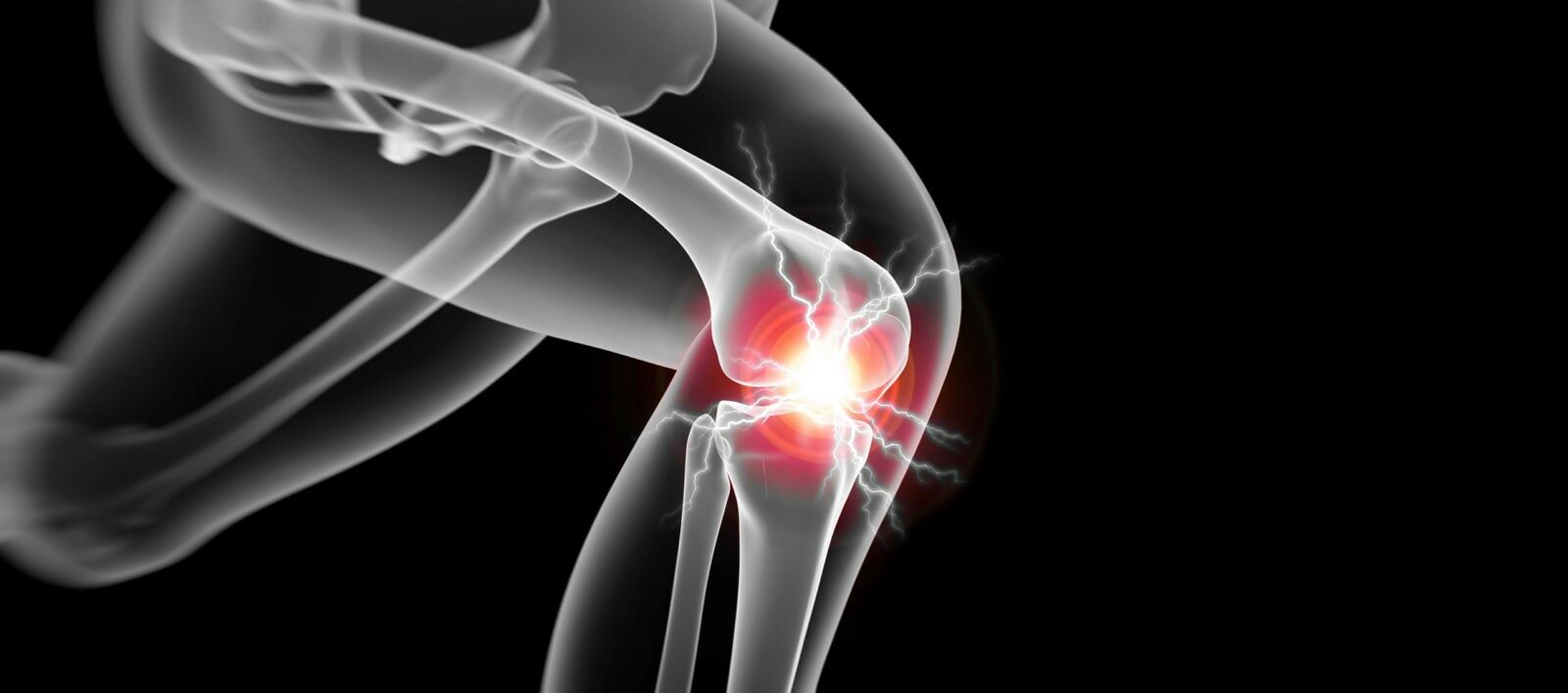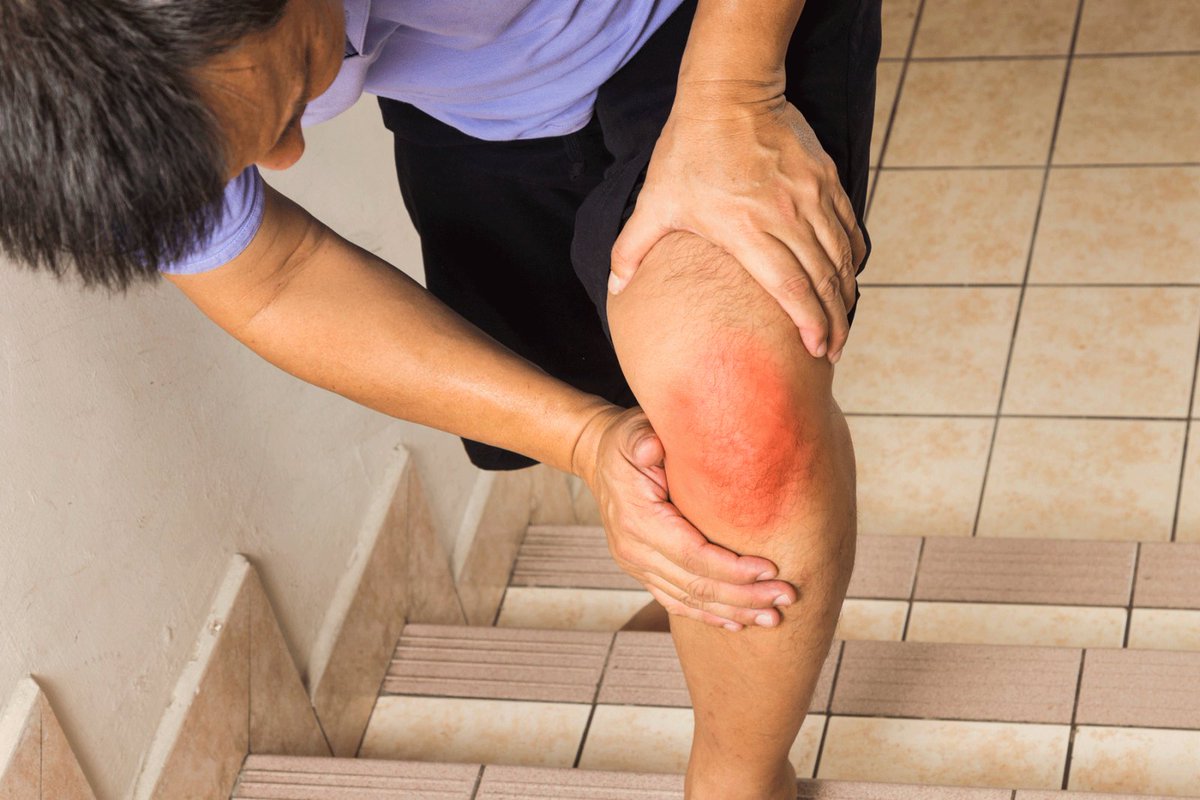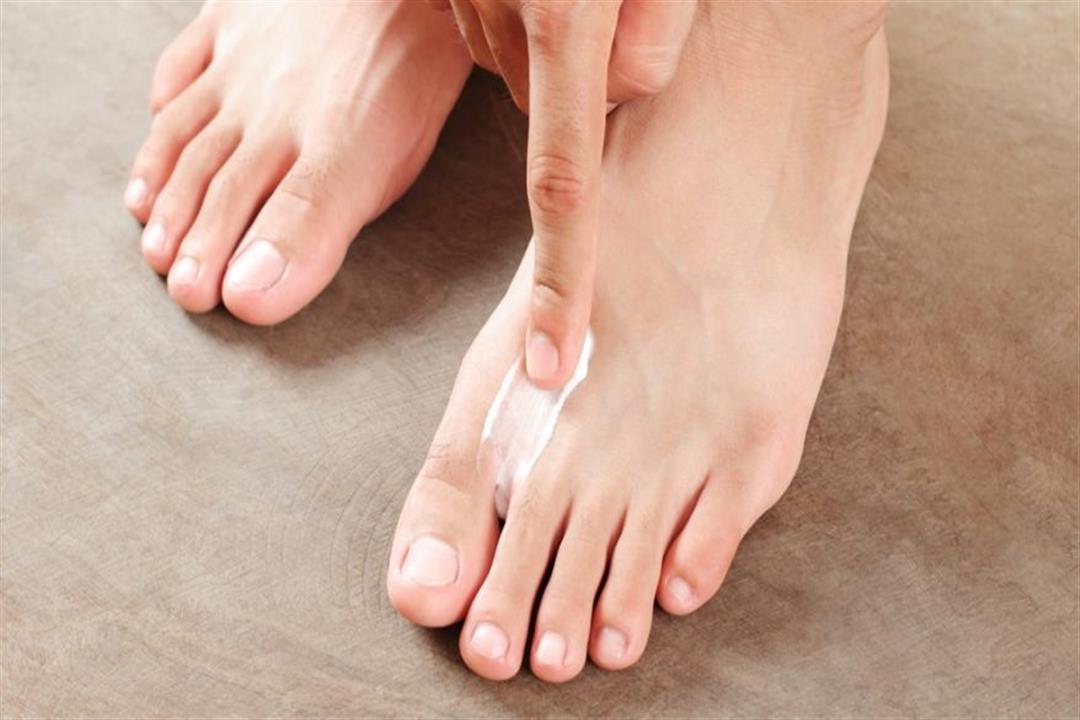Learn more about swelling behind the knee and its treatment
Have you ever had swelling behind the knee? A lot of things happen in our bodies throughout our lives, and their causes may not be clear to many people. Follow the article to learn very important information on this topic.
Tumor behind the knee
Individuals develop swelling behind the knee when infections affect the tissues behind the joint, and the swelling may be treated at home in simple ways and disappear on its own with time, but this is not the case in most cases, there are many causes of swelling behind the knee, including:
- Gout is caused by the high level of uric acid in the body of the individual, which causes the formation of crystals of this acid around the joints, causing inflammation and severe pain.
- Hemophilia is a genetic condition in which blood does not clot properly, resulting in internal bleeding and joint damage.
- Lupus erythematosus is a type of autoimmune disease in which the immune system attacks the healthy joints and tissues of the body.
- The individual has osteoporosis.
- Suffering from psoriasis.
- Reactive arthritis is a chronic type of arthritis, eye inflammation, and inflammation of the reproductive, urinary, or gastrointestinal tract.
- Exposure to an injury while performing some exercises, results in fluid gathering behind the knee and swelling.
Some symptoms are associated with a tumor behind the knee, including:
- The appearance of swelling in the area behind the knee, which is very clear when standing.
- Suffering from severe knee pain.
- Fluid buildup around the knee.
- Not being able to move well.
Swelling behind the knee
There are many questions about the causes of swelling behind the knee, and this may be a result of a condition called Baker’s cyst, which is described as the formation of a cyst that is filled with fluid in the area behind the knee and is clearly prominent and causes distress to its owner, and this is also called a popliteal cyst, and this causes severe pain that increases when exercising, extending or bending the knee.
Baker’s cyst appears most often when there is a problem in the knee joint such as arthritis or cartilage rupture, which results in both producing a larger amount of fluid, and although it is annoying to many people, it may not require strong treatment in some cases and it disappears once you take an abundant rest.
Treatment of swelling behind the knee
The treatment of swelling behind the knee can be limited to taking ample rest by making some cold compresses or placing ice bags on the swelling area, and avoiding pressure on the knee joint will be very useful, with a preference for using crutches when movement is necessary. Following these instructions well may make the swelling disappear over time.
Tendonitis behind the knee
Inflammation of the tendons in the back of the knee may be associated with aging, and sports people suffer from it most of the time, and its treatment may require some simple things such as:
- Avoid sitting for long periods so that the pressure on the tendons does not increase and the pain increases.
- Not to engage in any activities that require high physical effort.
- Treatment using pressure waves and is characterized by the fact that it does not result in any side effects.
- Take some painkillers that do not require a prescription when the pain intensifies.
- Making massaging movements in the affected area helps to relieve it greatly.
- Using physiotherapy exercises to enhance the circulatory function in order to facilitate the delivery of oxygen and blood to the affected area, which speeds up its recovery.



